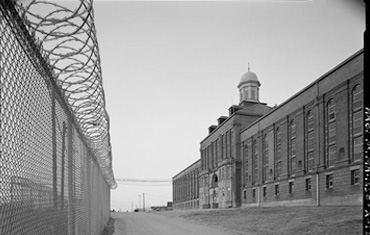Innovation can be mapped to any culture

I just read a blog by Pearl Zhu at at her blog . She says
Maintaining a culture of innovation in an ongoing and sustainable way requires: Openness because innovation comes from a combination of need and culture of being open to new things; and Playfulness because innovation comes from the environment in which thinking & experimenting is stimulated, and Adaptability because innovation is the collective capability to adapt to changes and Adaptability is key; and Flexibility because healthy process for innovation goes between flexibility and hard process; and finally, Agility because innovation efforts work best when focused through fast, rapid cycles to shape and test solutions.Here is my response to this list:
I like what Ms. Zhu says about “innovation involves the collective capability to adapt to changes – adaptability is key.” The ability to continuously assess the situation is vital. Persistence, resilience, courage: these are all important characteristics. Also, cross-pollination is critical.
But I have to argue quite strenuously with several ideas.
- There is no need for flatter organizational structures. Innovation works in any environment.
- Innovators need resiliency because they need to persist in the face of additional problems and resistance, but not because they will fail repeatedly. Innovations should always be successful. If they are not successful, it means the innovator did not anticipate the problems they were going to meet and that is a basic fundamental of innovation projects.
- Also, a culture of innovation does NOT need to be developed from the top down. It’s good if it is, but certainly not necessary. We have helped one low-level individual change a whole company. It took 8 years to develop the change momentum (which did engage more and more people as time went on), but the company now is much more competitive and successful due to his change-vision.
- And finally, I do not agree with the need for speed. If your company culture needs speed, then you are correct in saying that “fast, rapid cycles to shape and test solutions is important.” But if you have a different culture, innovation needs to match that. There are thousands of slow-moving, reliability-based companies that create breakthroughs every day. In fact, think about the greatest prison breaks throughout history. They were all inventive, usually slow to manifest, in tough and resistant environments, against great odds and with many constraints – and certainly without top-down approval or support.
The great thing about innovation is no matter what the environment, no matter how entrenched (fossilized) the situation, no matter how much resistance abounds or constraints limit you, no matter what the culture is, no matter WHAT… innovation can produce results.
The important point in all of this is that innovation can be mapped to any culture. While it’s not a mistake to map the culture to innovation, that is only one way to succeed. Ms. Zhu’s ideas about her five points are correct for certain environments and in specific situations, but not at all necessary for everyone. Any culture can embrace and accept innovation and they can do it on their own terms.